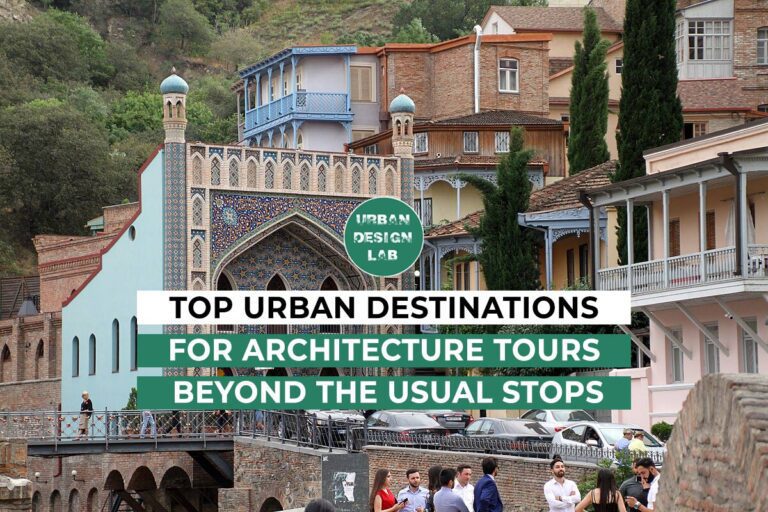
Real Estate & City Making: Towards New Urbanism
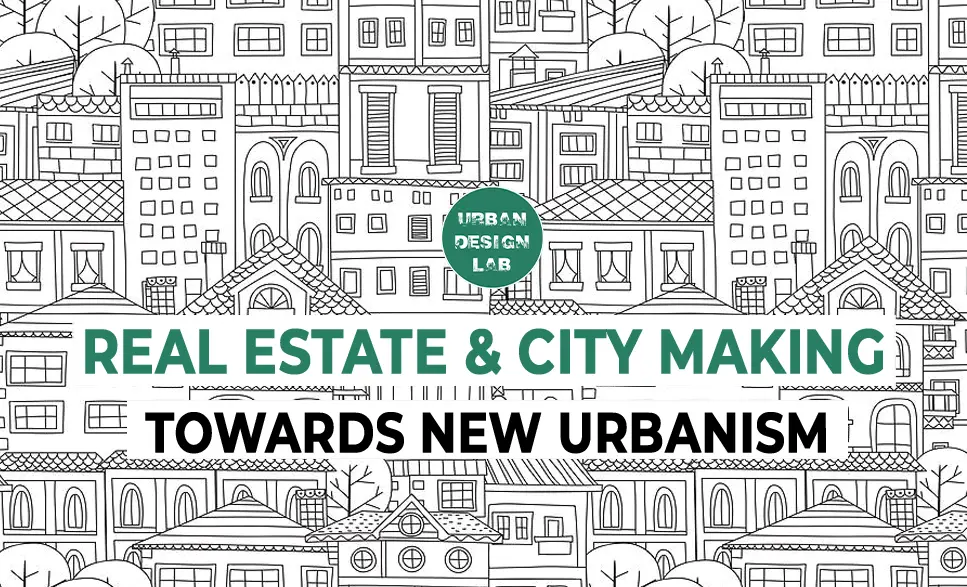
New Urbanism has emerged as a transformative movement in urban development, focusing on creating community-oriented, sustainable environments. Its principles emphasize human-centric neighborhoods, holistic design, vibrant public spaces, compact land use, and mixed-use developments. According to the Congress for the New Urbanism, these strategies aim to combat urban sprawl and promote walkability, thereby enhancing the quality of life in cities.
Despite its potential, a misalignment persists between rapid urban growth and the human-centric ideals of New Urbanism. Bridging this gap requires integrating real estate practices with the spatial, socio-economic, and political complexities inherent in urban environments. Recent studies suggest that without such cohesion, the principles of New Urbanism cannot be fully realized in rapidly expanding cities.
Rapid urbanization, primarily in developing regions, extends to Europe and North America due to economic migration. In India, for instance, the real estate sector is adopting energy-efficient designs to enhance sustainability, moving towards smarter urban spaces that incorporate innovative planning. The Indian Green Building Council reports a 10% annual increase in green building footprints, reflecting a significant shift towards sustainable development.
Housing affordability in Northern Europe reveals a significant crisis. Young people and immigrants face challenges in securing affordable housing, perpetuating social unrest and inequality. Eurostat data indicates that housing costs have outpaced income growth by 15% over the past decade. These challenges demand diversified solutions in the real estate market to address the widening gap.
Revitalization of neighborhoods in Milan, Dubai, and London demonstrates how gentrification can increase land values, attract investment, and improve urban spaces, albeit often resulting in displacement and social tensions. A report by the Urban Land Institute highlights that better integration in urban development and real estate practices is essential to mitigate these adverse effects.
Smart Cities signify a revolutionary shift, employing advanced technologies to enhance quality of life, optimize resources, and improve urban services. According to the McKinsey Global Institute, smart city technologies could improve key quality-of-life indicators by 10-30%. This technological integration represents a significant step towards sustainable and efficient urban living.
Real Estate & Urban Cities towards New Urbanism
New Urbanism has emerged as a significant movement in recent decades, shaping the built environment with a focus on community-oriented architecture, urbanism, and landscape design. Key elements of this approach include:
- Human-Centric Neighbourhoods: Prioritising walkable, people-focused areas.
- Holistic Design: Integrating diverse architectural styles with thoughtful urban planning.
- Public Spaces and Placemaking: Creating vibrant public spaces that foster community interaction.
- Combating Urban Sprawl: Promoting more compact and efficient land use.
- Mixed-Use Environments: Combining residential, commercial, and recreational spaces.
These developing principles, working in parallel with the dynamics of the real estate market, can contribute to developing urban cities for the future aimed towards social cohesion, community-driven neighborhoods and a sustainable urban environment for the city and its dwellers.
The current trend is moving from unnecessary new constructions towards revitalising and reusing existing structures. This shift in urbanism emphasises the importance of adapting real estate to the complexities of spatial design, socio-economic issues, and political factors, including:
- Rapid Urbanization from Global Migration
- Gap Between Housing Demand and Supply
- Revitalization of Neighbourhoods
- Integration of Smart Cities
These factors are crucial in steering urban growth towards a more sustainable and refined future.
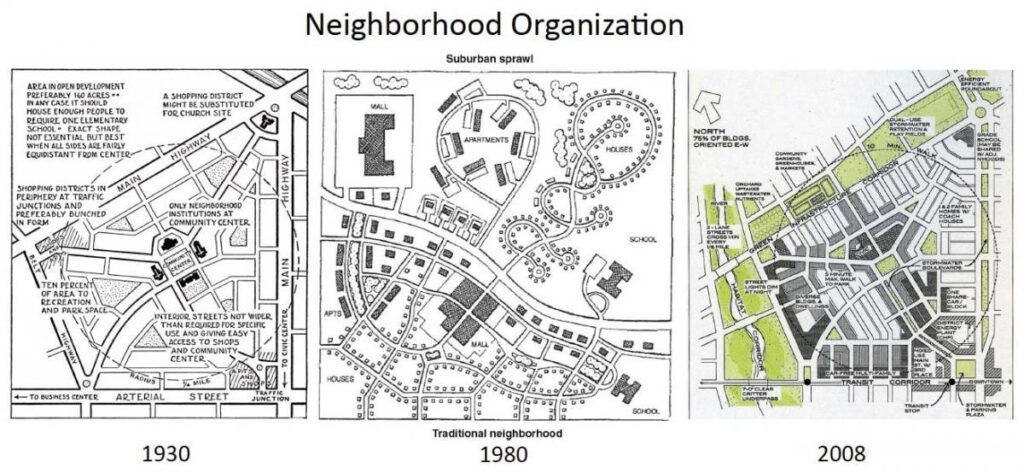
Rapid Urbanisation
Globally, the interplay between developers, architects, urban planners, and urban dwellers is shifting towards the creation of community-driven neighbourhoods. This evolution supports the development of multi-purpose buildings that foster self-sufficiency and sustainable, circular communities.
Urbanisation, traditionally concentrated in developing regions of Southern Asia and South America, is now a global phenomenon, with Northern European and North American countries experiencing significant demographic changes due to economic migration . This shift is driving a demand for urban environments that support diverse populations and economic opportunities.
In India, the real estate sector has adapted to these trends by prioritising energy-efficient designs and renewable energy sources, which enhance the quality of life for urban residents . Additionally, the use of Building Information Modelling (BIM) and prefabricated construction methods by developers has kept costs down and improved project timelines . This focus on sustainability and efficiency reflects a broader global trend towards creating urban spaces that are not only functional but also environmentally and socially responsible.
As cities continue to grow and change, the collaboration between stakeholders in real estate and urban planning will be crucial in shaping vibrant, sustainable urban futures.
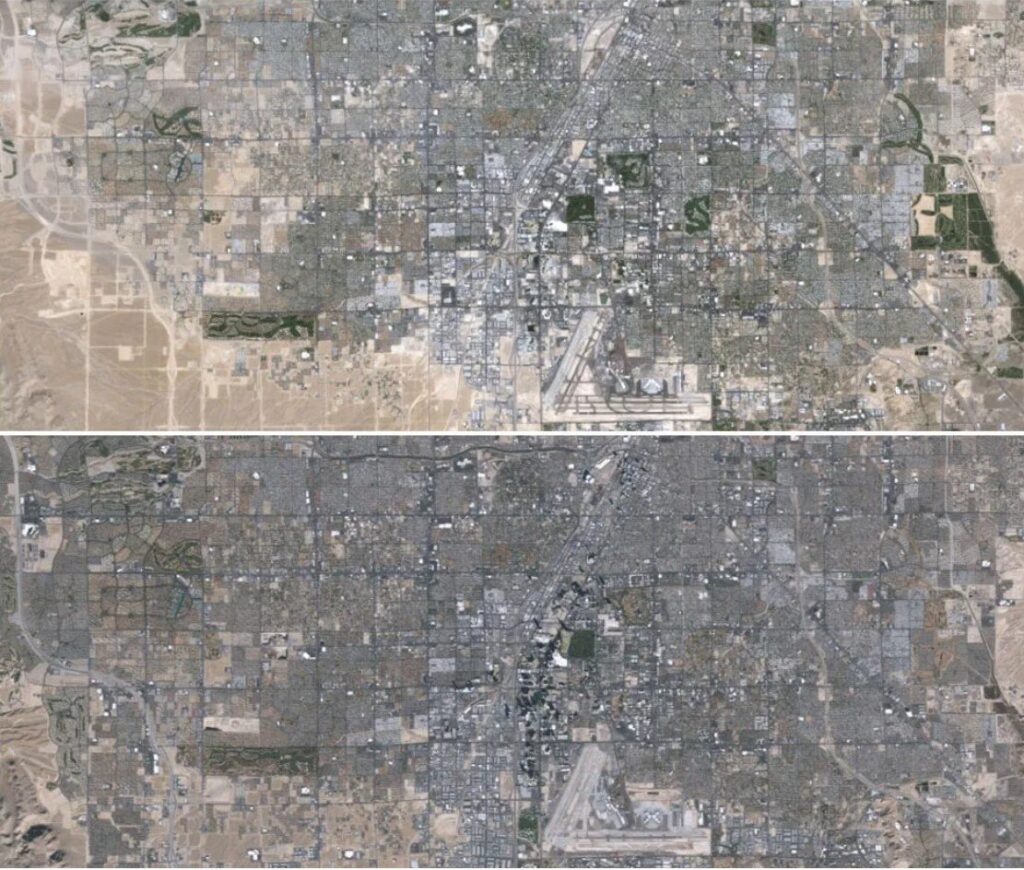
Source: Website Link
Housing Affordability & Supply
The urbanisation movement across Europe, particularly in the UK, the Netherlands, and Ireland, has highlighted a significant housing affordability crisis. This issue is discouraging the influx of immigrants who seek economic opportunities both for themselves and for the host countries. The situation is worsening as the younger generation, particularly those in the lower and middle-income brackets, struggle to find suitable housing in an increasingly inaccessible real estate market.
The lack of market diversification has created a significant gap in housing supply, particularly for students and young professionals. This shortfall not only hampers personal development but also forces compromises in housing quality and size. In London, for example, it’s not uncommon for student accommodations to lack basic amenities, such as windows, reflecting the urgency and inadequacy of current housing.
The mismatch between the influx of migrants and the quality of life standards they encounter upon arrival is leading to broader social issues, including increased homelessness and social inequality. This, in turn, heightens tensions and fosters an environment of urban unrest. To address these challenges, the real estate market must urgently develop diversified solutions that meet the needs of these new residents who contribute to the economic vitality of their cities.
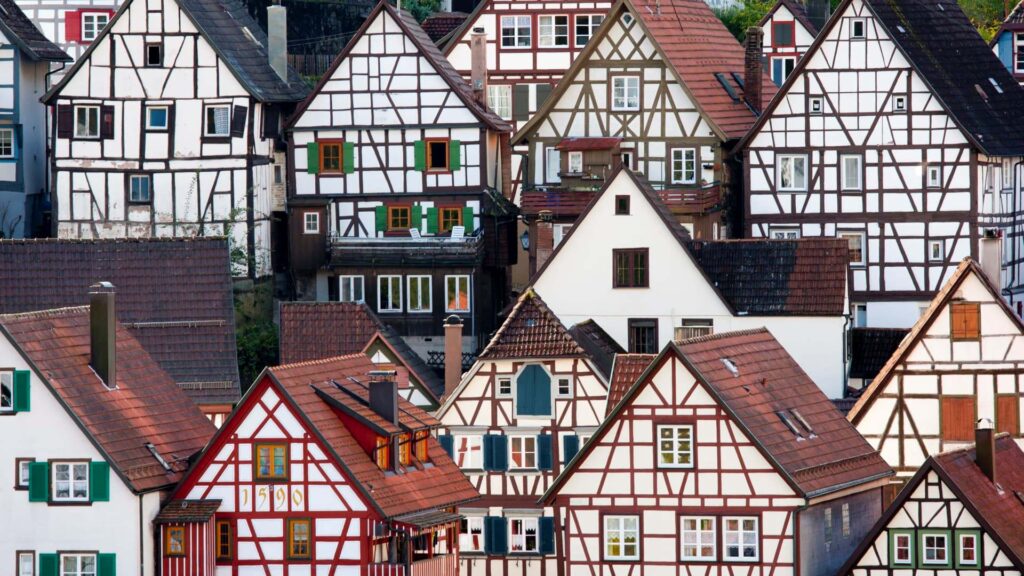
Revitalisation of Neighbourhoods
Revitalisation emphasises community-centric and human-focused redevelopment leveraging mixed-use developments, walkability, and sustainable design often integrating arts and creative industries. This enhances land values and increased investment in infrastructure, attracting businesses and improving local amenities.
Case studies illustrate these dynamics:
- NoLo, Milan: The district has evolved from a neglected industrial area into a vibrant neighbourhood. Revitalisation introduced entrepreneurial spaces and cultural venues like street art and pop-up shops, boosting land values and offering improved opportunities for the ethnically diverse community.
- Al Quoz Creative Zone, Dubai: This transformation has repurposed former warehouses into a creative hub with mixed-use spaces for living and working. The project includes housing and features pedestrian-friendly streets and public transit, improving connectivity with the city’s core.
- Canary Wharf, London: Once a derelict docklands area, Canary Wharf has been transformed into a major financial district. This change has spurred significant increases in real estate values.
However, this subsequent gentrification led to the displacement of residents as living costs increased disrupting community dynamics and causing social tensions. While New Urbanism promotes sustainability and improved urban infrastructure, it can exacerbate affordability issues and strain community cohesion. Thus, thoughtful urban planning is essential to balance economic growth with social equity and sustainability.
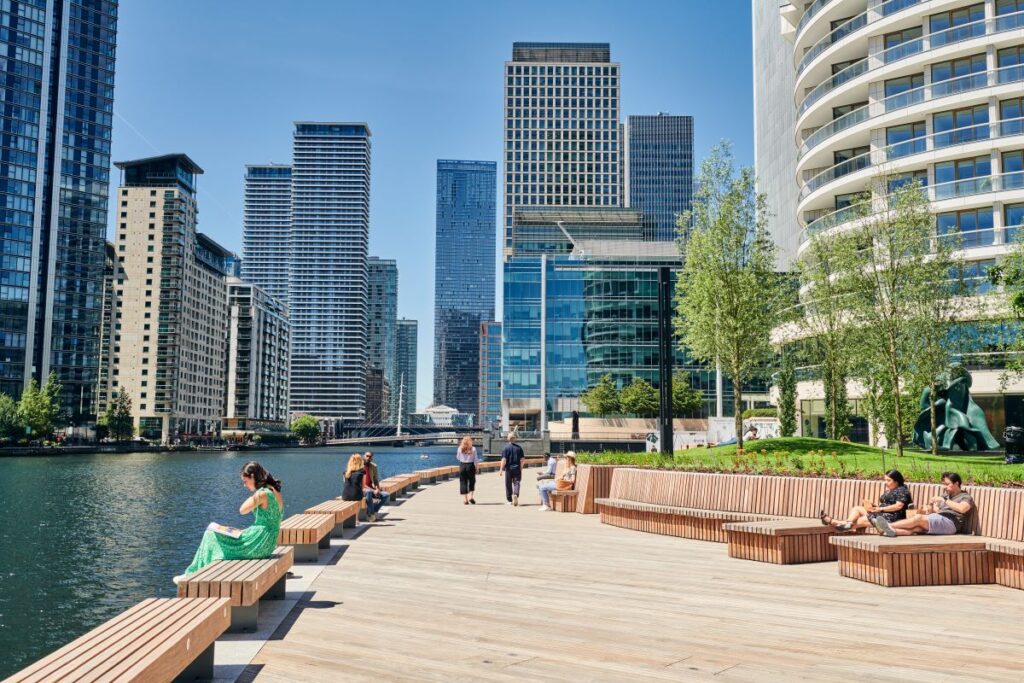
Smart Cities & Technology
The concept of smart cities represents a revolutionary shift in urban development, leveraging advanced technologies to enhance residents’ quality of life, optimize resource management, and improve urban services. By integrating data analytics, the Internet of Things (IoT), and digital infrastructure, smart cities streamline traffic management, energy consumption, and public safety, fostering more efficient, sustainable, and responsive urban environments.
This technological integration also enhances connectivity, allowing residents to interact with their urban surroundings in innovative ways. For instance, real-time data applications enable citizens to make informed decisions about transportation and energy use, while smart sensors monitor environmental conditions to improve air quality and public health.
The Amsterdam Smart City project exemplifies how adopting smart technologies can tackle urban challenges and improve livability, particularly in the real estate market. Smart buildings in Amsterdam, featuring energy-efficient systems and advanced security measures, are highly sought after, driving up property values and attracting investment in both residential and commercial sectors. According to the Amsterdam Economic Board, these innovations have led to a 15% increase in property values and a 20% reduction in energy consumption citywide.
In terms of New Urbanism integration, Amsterdam applies principles that emphasize sustainability, walkability, and mixed-use spaces. The city’s implementation of smart grids and green infrastructure not only enhances energy efficiency and reduces carbon footprints but also promotes a connected, human-centric urban environment. A study by the European Commission highlighted that Amsterdam’s smart mobility initiatives have reduced traffic congestion by 10% and increased public transport usage by 7%.
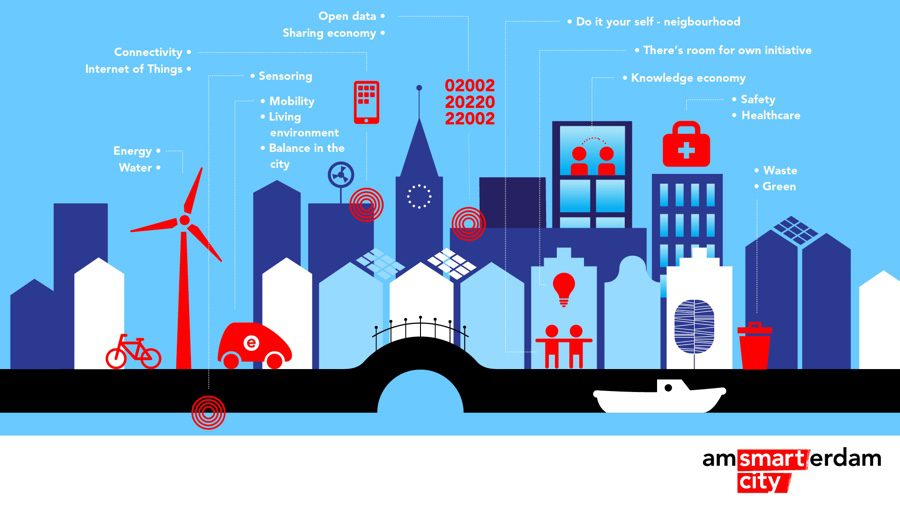
Conclusion
The integration of New Urbanism principles into urban development represents a transformative shift towards more sustainable and human-centric cities. By focusing on community-oriented design, mixed-use spaces, and holistic planning, New Urbanism addresses the evolving needs of urban environments, balancing real estate dynamics with the pursuit of quality living standards.
The challenges of rapid urbanisation and housing affordability underscore the necessity for adaptive strategies in real estate and urban planning. The revitalisation of gentrified neighbourhoods, while enhancing land values and investment, highlights the need for careful consideration of social equity and displacement issues.
Smart cities, as demonstrated by Amsterdam, illustrate how advanced technologies can align with New Urbanism to create efficient, connected, and sustainable urban spaces. These developments reflect the potential for cities to evolve into more responsive and integrated environments, ultimately fostering better quality of life and more balanced urban growth.
As urban areas continue to expand and evolve, the ongoing collaboration between real estate, urban planning, and technological innovation will be crucial in shaping vibrant, equitable, and resilient urban futures.
References
- Artenosi, D. (2023, December 8). Opinion: Why the new urbanism mindset is potentially big business for real estate agents. HousingWire. https://www.housingwire.com/articles/why-the-new-urbanism-mindset-is-potentially-big-business-for-agents/
- The changing impact of urbanization on real estate development. (2024, April 27). LinkedIn. https://www.linkedin.com/pulse/changing-impact-urbanization-real-estate-development-properties-qsvxf/
- Exploring milano nolo district. (2024, July 12). Easy Milano. https://easymilano.com/exploring-milano-nolo-district/
- Gillett, K. (2022, October 2). Al Quoz to be transformed into one of the world’s biggest creative hubs. The National. https://www.thenationalnews.com/arts-culture/art/2022/10/02/al-quoz-to-be-transformed-into-one-of-the-worlds-biggest-creative-hubs/
- HomeCapital Team. (2023, July 25). Urbanization in India: Trends & challenges. HomeCapital. https://homecapital.in/the-impact-of-urbanization-on-real-estate-development/
- Planopedia. (2020, November 30). Planetizen | Urban Planning News, Jobs, and Education. https://www.planetizen.com/definition/new-urbanism
- PricewaterhouseCoopers. (n.d.). Rapid urbanisation. PwC. https://www.pwc.nl/en/topics/megatrends/urbanisation.html
- What is new urbanism? (2023, May 15). CNU. https://www.cnu.org/resources/what-new-urbanism

Anoushka Kolahalu
About the author
Anoushka Kolahalu is an architect and urbanist professional with a focus on urban development, street landscapes, public spaces and innovative strategies in human centric design. She holds an MSc in Architecture & Urban Design from Politecnico di Milano and a BA in Architecture from Heriot-Watt University. Anoushka is passionate about inclusive urban environments, materiality in the buit form and the integral nature of spatial complexities in architecture.
Related articles

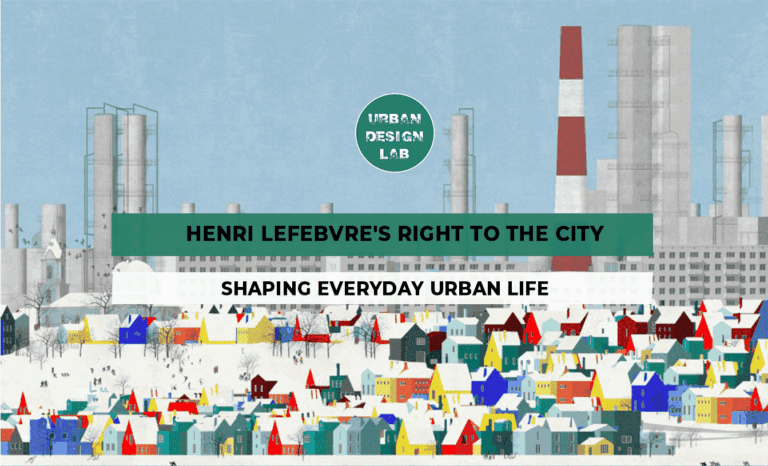
Henri Lefebvre’s Right to the City: Shaping Everyday Urban Life
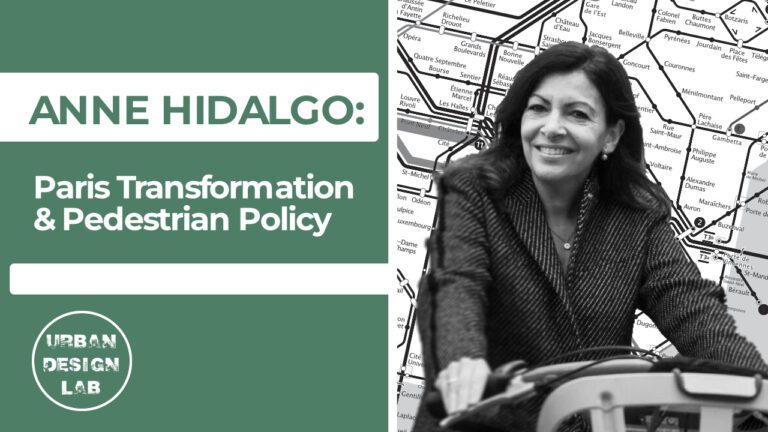
Anne Hidalgo – aris Transformation & Pedestrian Policy
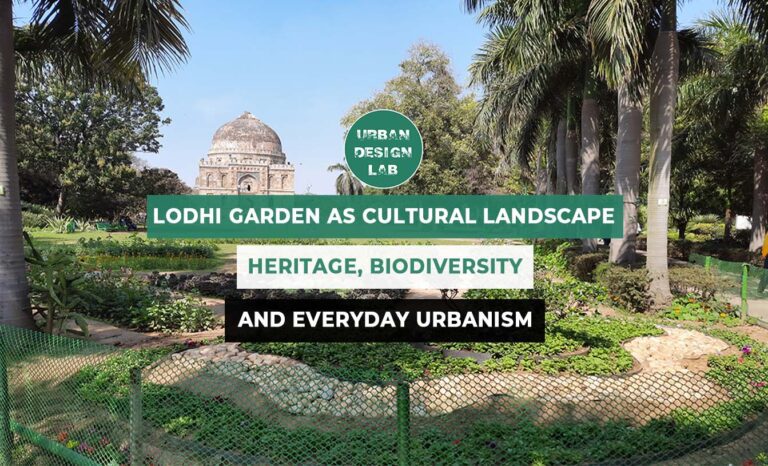
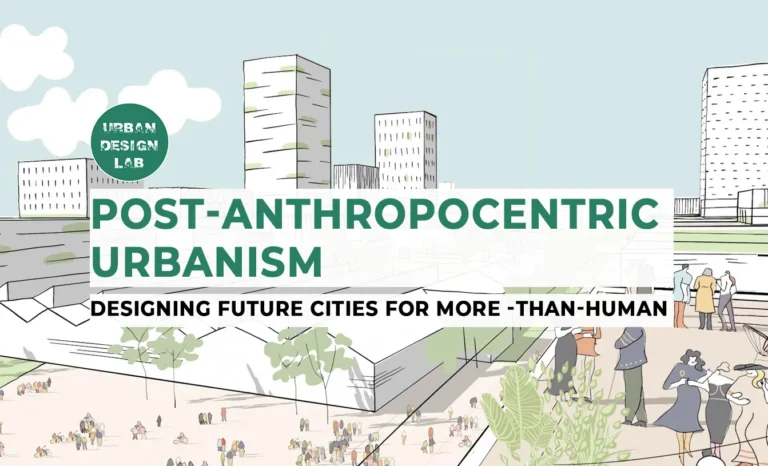
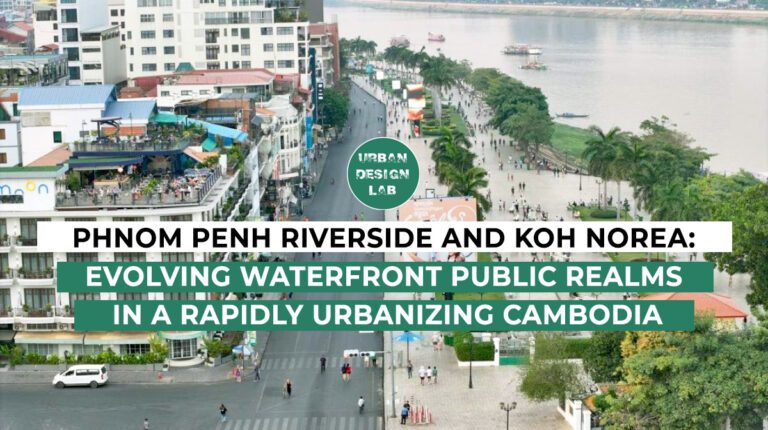
UDL Illustrator
Masterclass
Visualising Urban and Architecture Diagrams
Session Dates
17th-18th January 2026

Urban Design Lab
Be the part of our Network
Stay updated on workshops, design tools, and calls for collaboration
Curating the best graduate thesis project globally!

Free E-Book
From thesis to Portfolio
A Guide to Convert Academic Work into a Professional Portfolio”
Recent Posts
- Article Posted:
- Article Posted:
- Article Posted:
- Article Posted:
- Article Posted:
- Article Posted:
- Article Posted:
- Article Posted:
- Article Posted:
- Article Posted:
- Article Posted:
Sign up for our Newsletter
“Let’s explore the new avenues of Urban environment together “


























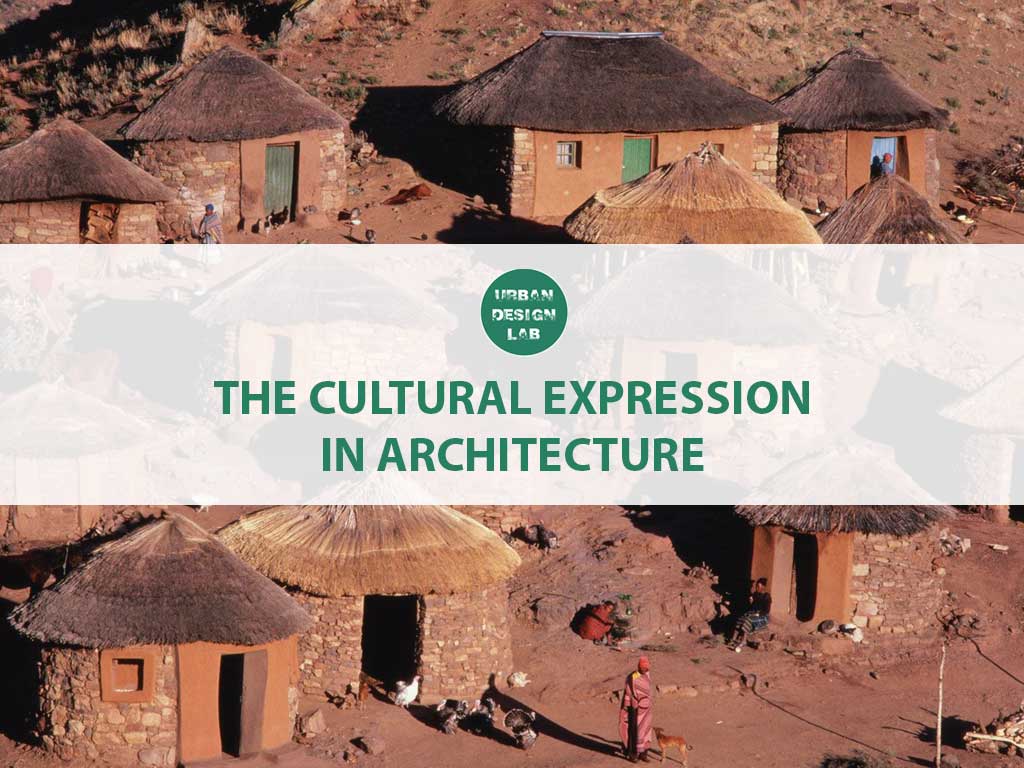


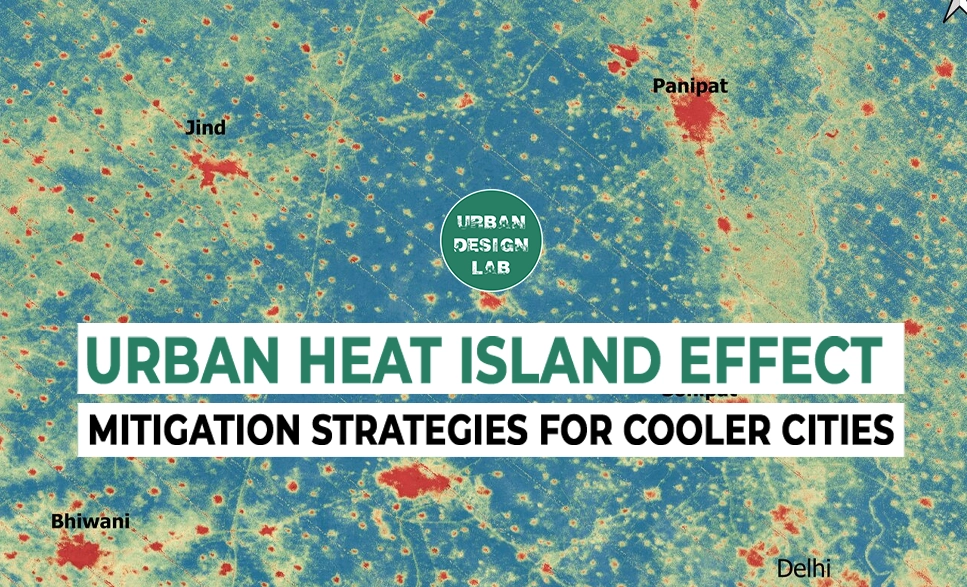
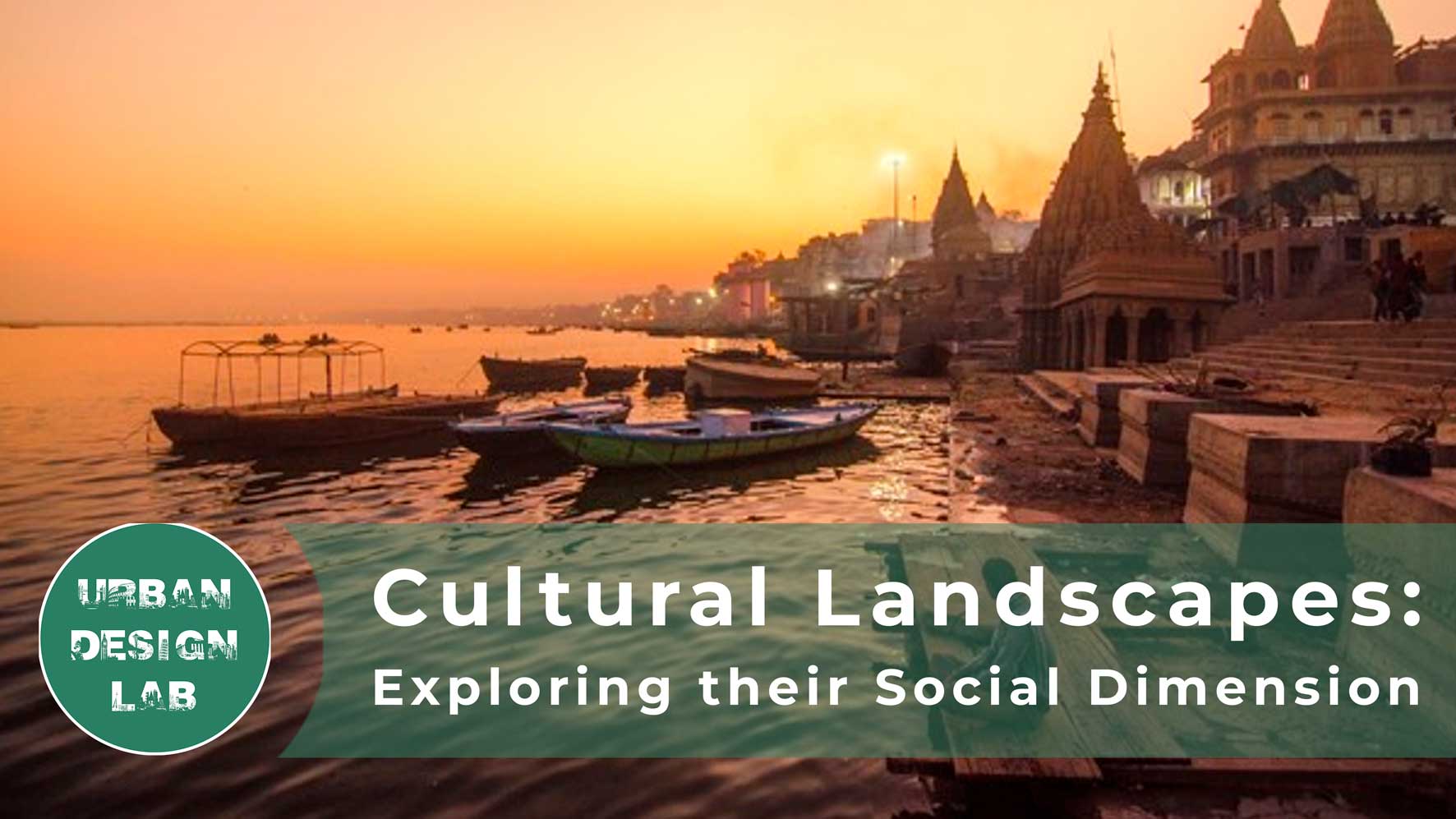
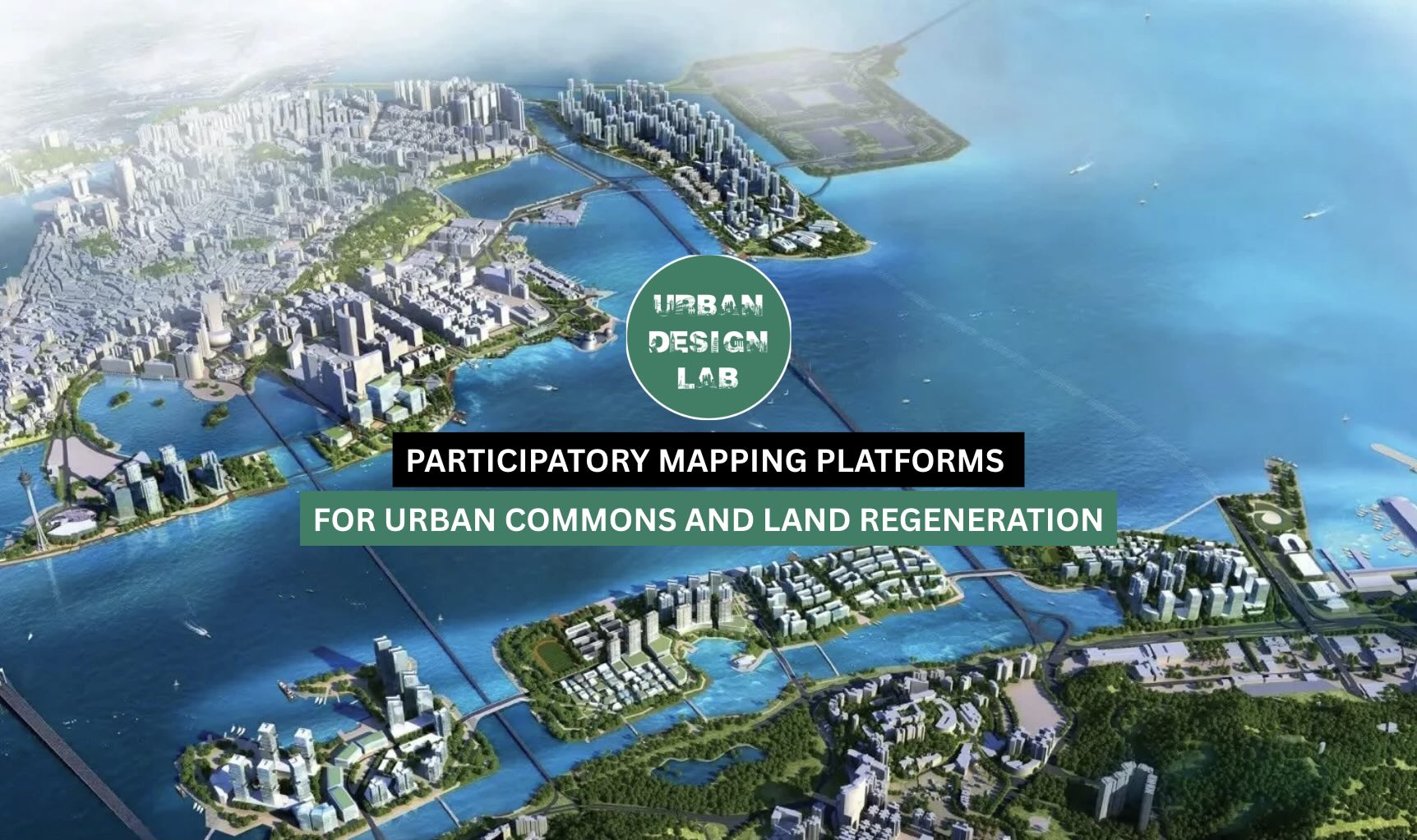
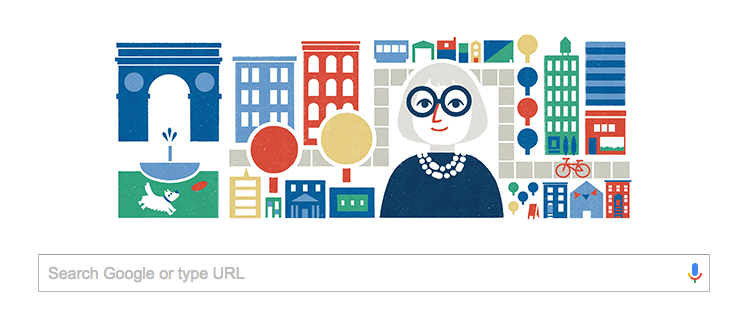

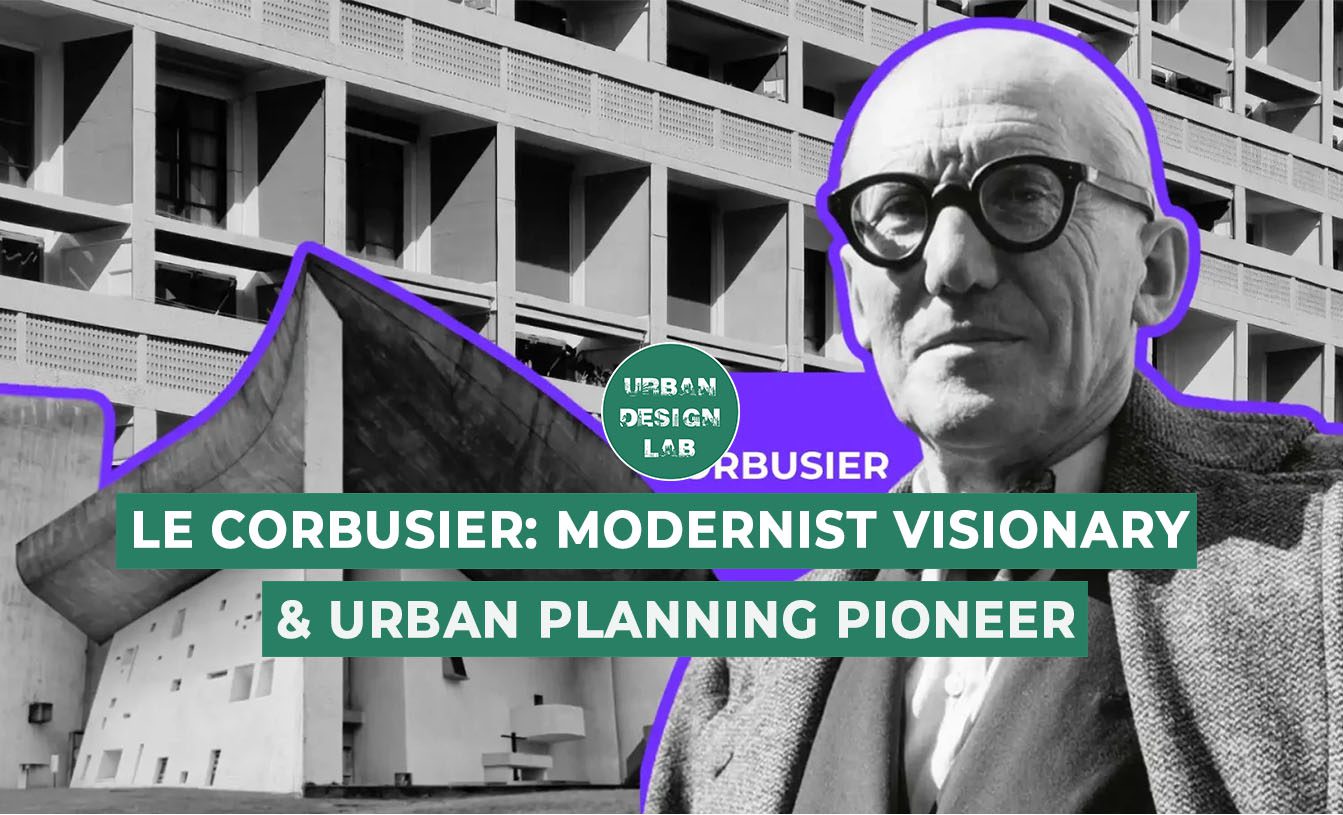
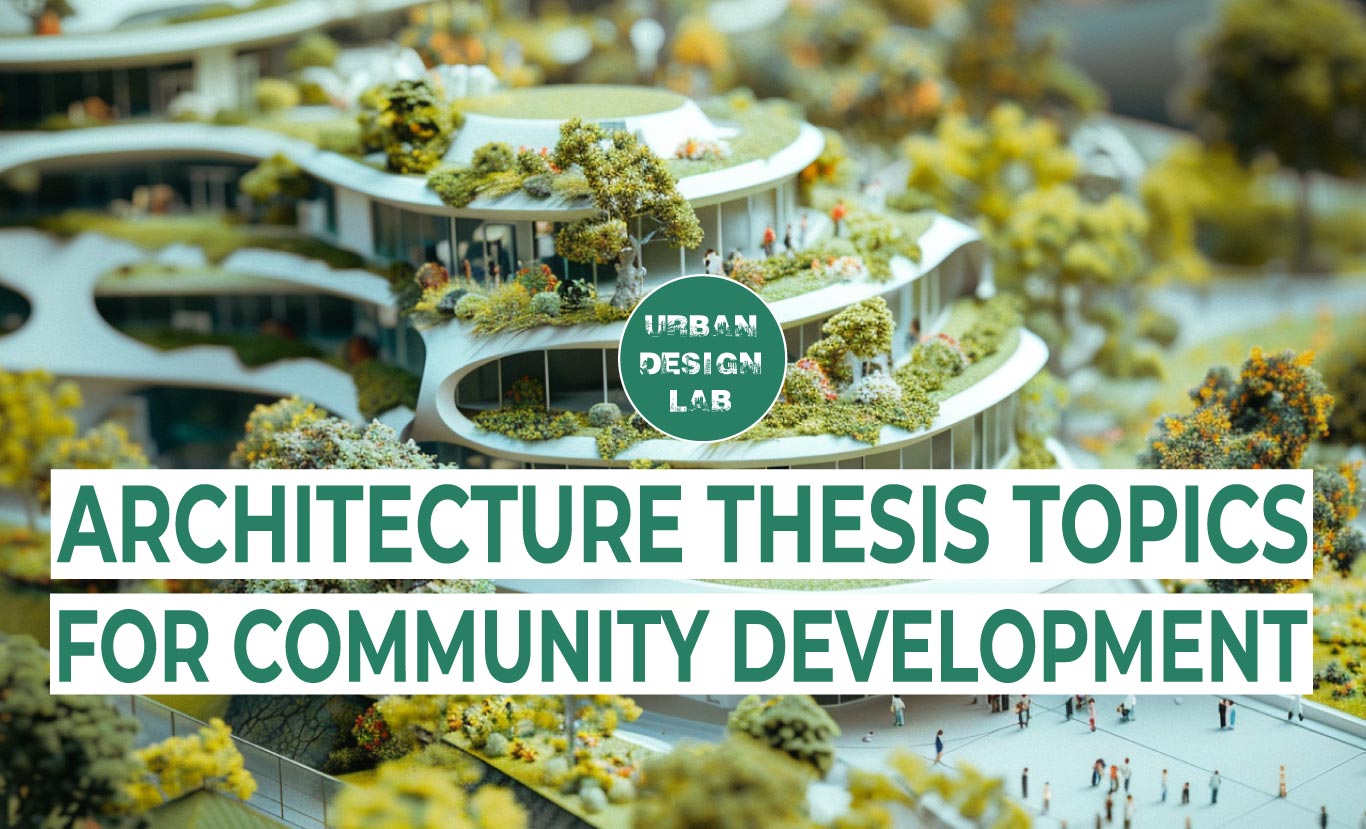


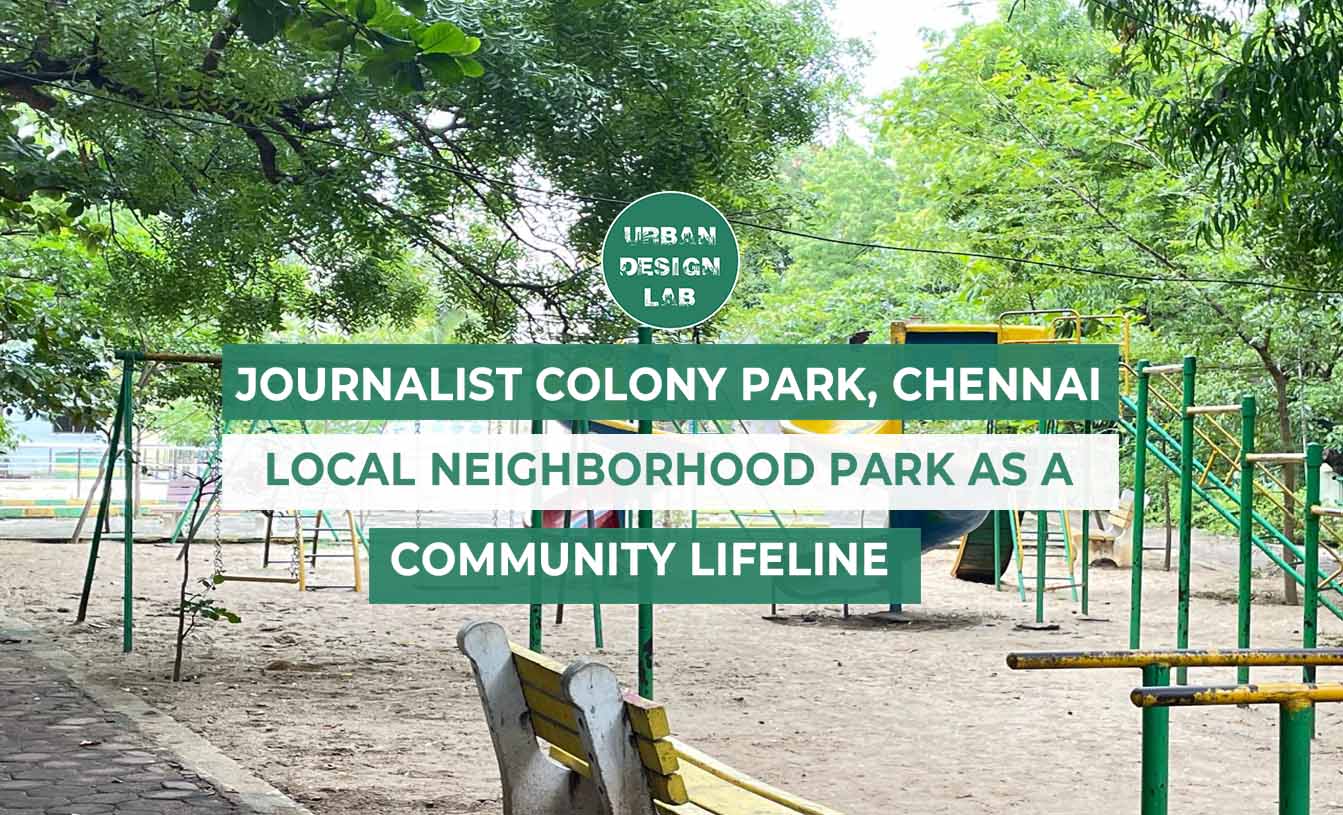





3 Comments
Dear Anoushka, Beautiful presentation. 👏👏👏
Beautifully Written, very informative and thought provoking. .
Best wishes 🎉💐👍👏🏻
Good article on present day requirements of Urban planing.